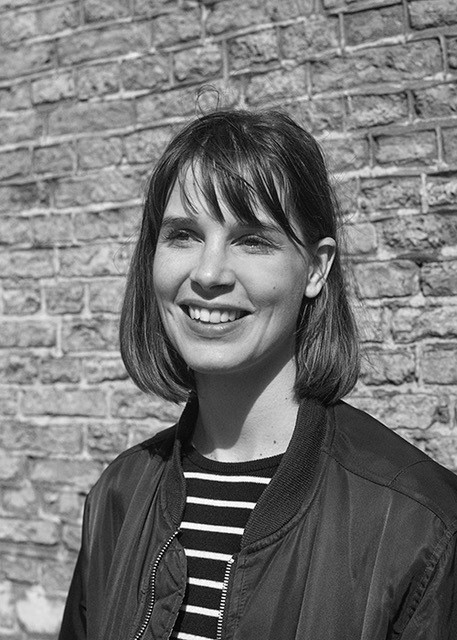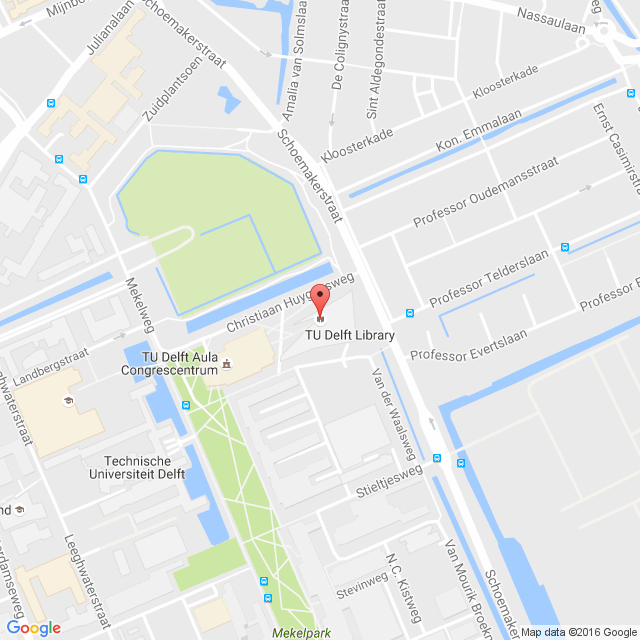Recording: A bite of Media: How did emoji change our language?
Studium Generale presents: A bite of…
A series of lectures to quench your thirst for knowledge and your basic need for… well, food. Come and join ‘A bite of… ’ lunch lectures (at the TU Delft Library or Pulse) and enjoy a current, urgent or simply interesting talk to widen your horizon and a free sandwich to still your appetite.
A bite of Media: How did emoji change our language?
We don’t think about it very often, but we hardly ever receive a text message that does not contain one: emoji. They’re more than just funny, angry of sad faces. Emoji have become indispensable around the world. They have changed the way we communicate drastically. How did this imagery grow this fast? What impact do emoji have on our language. And are emoji even inclusive?
Emoji expert Lilian Stolk explains this fast growing language. In this lunch lecture we’ll explore how this originally Japanese invention got common around the world, we’ll take a look at who decides what new emoji are released and discuss why we are focused this much on images nowadays.

Lilian Stolk is the first emoji expert in the Netherlands and investigates why our language becomes more and more visual. With her background as a historian and artist, she views the new visual language from both a theoretical and practical perspective. She published her research on emoji in ‘The no-words’ book. She is also a co-founder of The Hmm (a platform for contemporary visual culture), writes articles, makes animated .gif stickers and illustrations.


